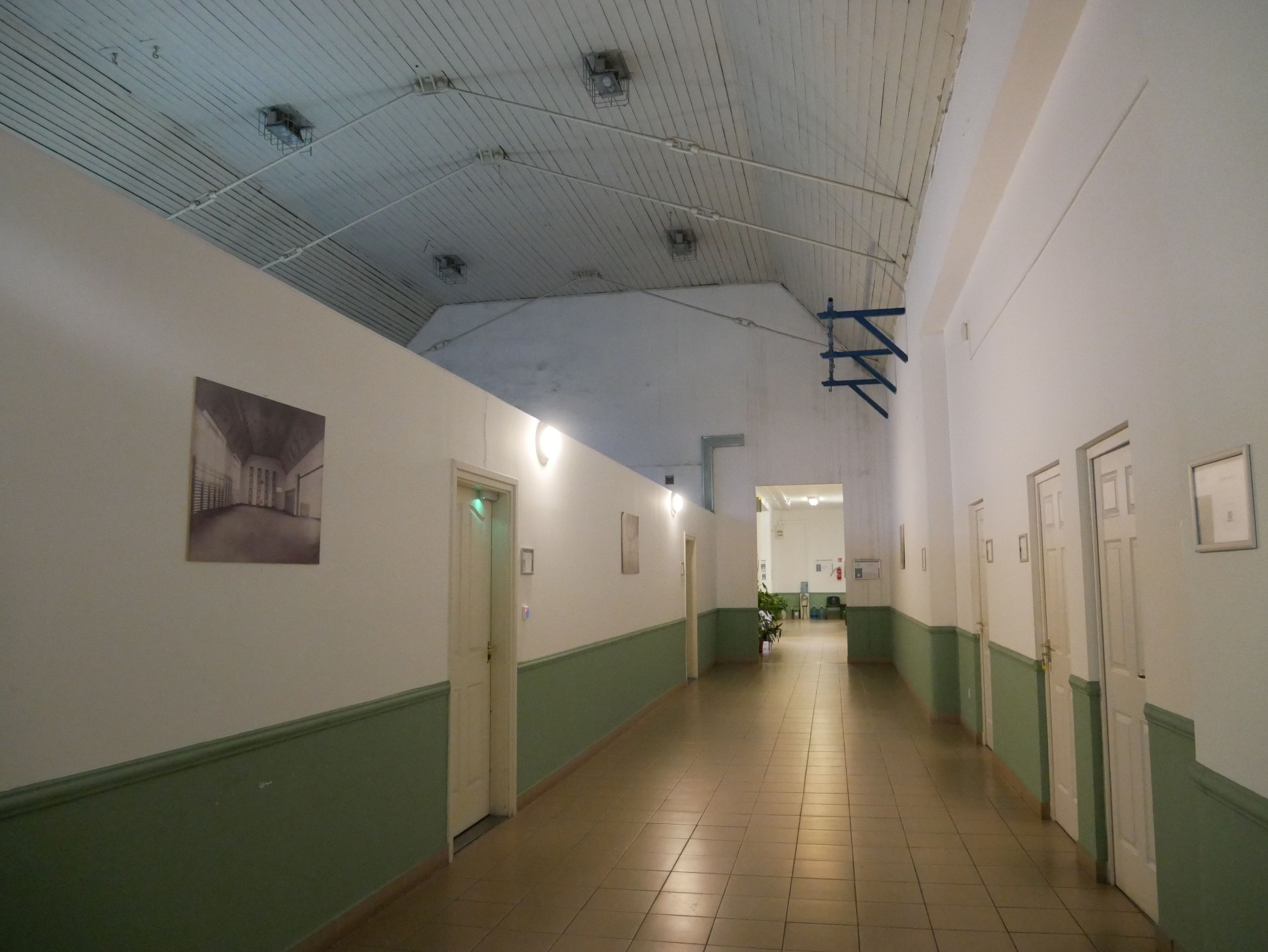Between 1909 and 1912, in the framework of the large-scale capital housing and school building program under Mayor István Bárczy, Budapest was enriched with 36 multi-story schools in addition to single-story schools, many of which fortunately still stand today. In the central part of Ferencváros, which had 85,000 inhabitants in 1910, many families of workers lived in order to be close to the meat, mill or chemical plants where the breadwinners worked. And their children needed schools, schools with a large capacity.
Schools were built on Mester Street, Soroksári Road and 24-28 Szvetenay (today Lenhossék) Street. Albert Kálmán Kőrössy (1869-1955) was entrusted with the design, by that time he had already gained considerable experience in the field of school design. The secondary school in Munkácsy Mihály Street (today Kölcsey Ferenc Secondary School, 1909) and the State Secondary School in Tisztviselőtelep (today the National Educational Library and Museum on Könyves Kálmán Boulevard, 1911), also known as the Tündérpalota, proved his ability. The clients did not have to be disappointed. The construction of the elementary school in Lenhossék Street was a real top performance, the construction lasted just over a year.

The main facade of the school from the 11th issue of Magyar Építőművészet in 1911
Until 1978, a separate school for boys and a separate school for girls operated in the symmetrically arranged building with three floors, a ground floor and a basement. The symmetry therefore not only reflected Kőrössy's vision, but was also a functional requirement: the classrooms and storerooms of the girls' school were located on the right side of the building, and the boys' school on the left side, as well as the faculty room and the boardrooms. The triple layout also prevailed in the external design of the building. The two staircases are located on the axis of the entrances. The student lounge that opens out of these is surrounded by the classrooms, which open in three directions, on the three streets already mentioned, due to the good features of the site.

The school from today's Balázs Béla Street (from Gyula Kabdebó's book, published in 1913, titled Budapest székesfőváros kislakás és iskolaépítkezései [Small flat and school constructions of Budapest])
The facade is a harmonious combination of Hungarian Art Nouveau and Neo-Romanesque styles. The Hungarian decorations appear on the striped framing of the windows and the gables; elsewhere, smooth wall surfaces prevail. The portals of the entrances remind one of the churches of the Middle Ages. The reliefs depicting children, the wrought iron gate, and the railing in front of the gate all create a sense of homeliness and security.

The former girls' school entrance today (Photo: Tímea Simon)
The interesting thing about the building is that it had two gymnasiums, one on the street level and the other in the attic. According to the regulations of the time, the interior height of the gymnasium had to reach 6 metres, so there are stairs inside the school leading to the street level because the mezzanine level was built 2 metres higher than the ground level.
For a similar reason, the other gymnasium was placed on the top floor, the interior height requirements were reached by using the attic. Originally, there was room for 60 children in the lower grades, and 40 students in the upper grades due to the greater need for space. A doctor's office also operated in the huge building. Classrooms were also created in the building's attic; taking advantage of the natural light, the drawing and technics room was placed on this level.

The former boys' gym on the ground floor nowadays (Photo: Tímea Simon)

Part of the corner facade nowadays (Photo: Tímea Simon)

Facade decoration above the entrance – Budapest's Art Nouveau coat of arms nowadays (Photo: Ferencváros Local History Collection)

The building in 2006 (Photo: Ferencváros Local History Collection)
%4005-06-23-6.jpg)
The reliefs depicting children playing are difficult to make out in this 2006 photograph (Photo: Ferencváros Local History Collection)
The general condition of the building deteriorated from the 1960s onwards, and although a major renovation began in 1983, it was limited to the modernisation of the building's corridors and classrooms. In the 1990s, hardly anything was visible of the original exterior of the school, i.e., the facade decorations. The educational institution also went through many changes, in the post-World War II era, it was used as an elementary school (there was a time when 800 students attended here), and in the years following the change of regime, school mergers and closures followed one another.

There are offices in the area of the former girls' gym (Photo: Tímea Simon)

The school building from Vendel Street (Photo: Tímea Simon)
From 2012, the larger part of the building housed the various offices of the district local council and several departments of the local government office, and in 2016, a large-scale facade renovation began. Nowadays, thanks to this, the architecture dreamed up by Albert Kálmán Kőrössy can once again be viewed in its full beauty. If we add that the smaller part is not empty either, because a voluntary aided school operates behind the entrance of the former boys' school, then we can be almost certain that this beautiful "school palace" will remain an integral part of our built environment for a long time.
Cover photo: The former elementary school on Lenhossék Street (Photo: Tímea Simon)




































Hozzászólások
Log in or register to comment!
Login Registration